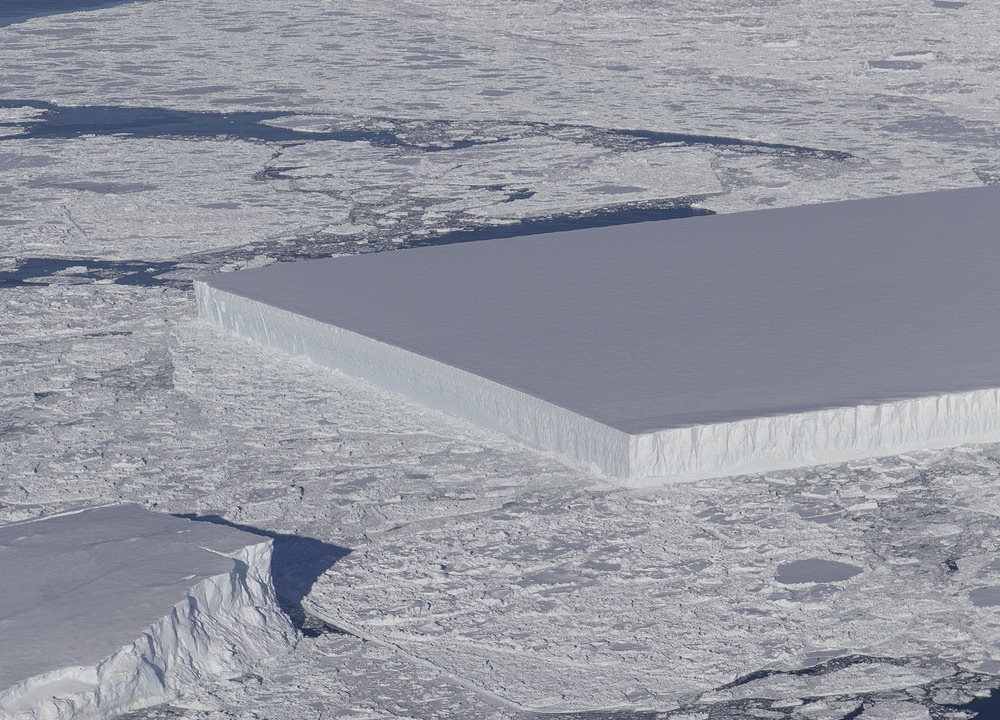

“I was actually more interested in capturing the A68 iceberg that we were about to fly over, but I thought this rectangular iceberg was visually interesting and fairly photogenic, so on a lark, I just took a couple of photos,” Harbeck said. That image also captures A68 in the distance. But alien conspiracy fans will be disappointed to learn that it. In a different photo (above), Harbeck captured both the edge of the now-famous iceberg, and a slightly less rectangular iceberg. NASA has released an image showing an iceberg in Antarctica that appears so rectangular and flat, it looks purposely cut into shape. The rectangulariceberg appeared to be freshly calved from Larsen C, which in July 2017released the massive A68 iceberg, a chunk of ice about the size of thestate of Delaware. NASA have been sending out research aircrafts to image the ice, monitoring the Earth’s changing polar regions. Operation IceBridge has been studying the Earth’s ice since around 2009. The Washington Post (2018, October 23) There’s a perfectly rectangular iceberg floating in Antarctica. The rectangular iceberg appeared to be freshly calved from Larsen C, which in July 2017 released the massive A68 iceberg, a chunk of ice about the size of the state of Delaware. A research aircraft was imaging the Antarctic ice when they uncovered the rectangular iceberg, A-68, which is approximately the size of Delaware. This panorama was edited together by NASA from two. Harbeck captured both the edge of the rectangular iceberg, and a slightly less rectangular iceberg. 16, 2018, during a flight over the northern Antarctic Peninsula. The rectangular iceberg appeared to be freshly calved from Larsen C, which in July 2017 released the mammoth A-68 ‘ice island,’ a chunk of ice about the size of the state of Delaware. Flying 1,500 feet above the Antarctic coast, NASA scientists recently passed over a bizarrely straight-edged rectangular iceberg and snapped a picture of the floating slab. “I thought it was pretty interesting I often see icebergs with relatively straight edges, but I’ve not really seen one before with two corners at such right angles like this one had,” Harbeck said. A rectangular tabular iceberg was photographed by Operation IceBridge on Oct.


 0 kommentar(er)
0 kommentar(er)
